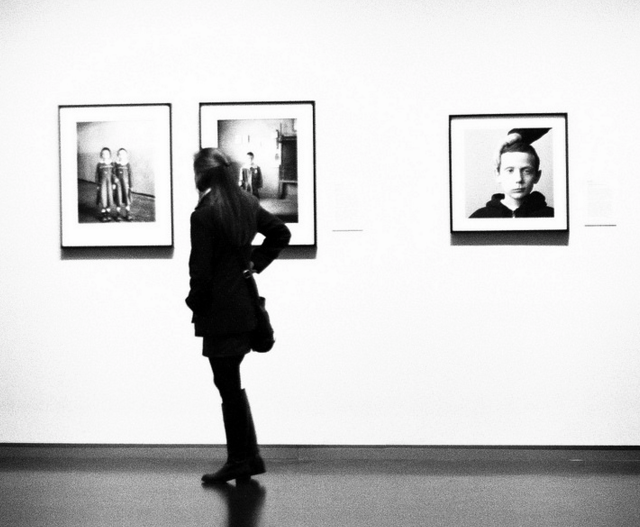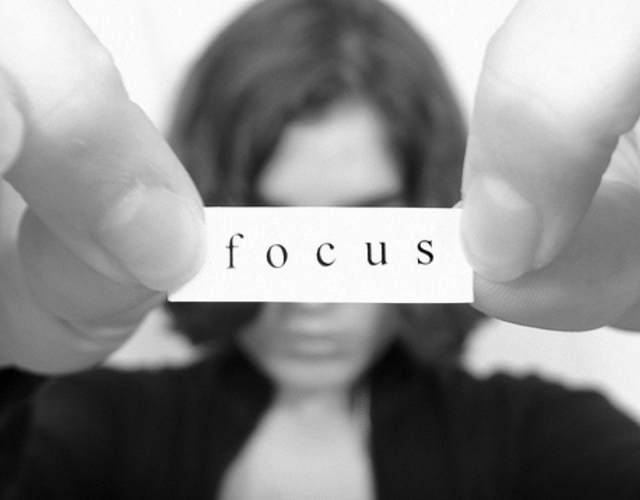Understanding what works and what doesn’t work in your own photos is the perfect way to improve your photography skills. This guide shows you how and why you should be critiquing your own shots.
Legendary photographer Ernst Hass explained; “The limitations in your photography are in yourself, for what we see is what we are”. To remove your limitations in photography, you must be able to see more clearly both the world around you and your finished photographs.
Being able to honestly and constructively critique your own photographs is a large step to building your skills in all areas of photography. Used alongside receiving photo critiques from others, you’ll see your photos improve immeasurably.
Why Self-Critique Is Important
Becoming "your own worst photography critic" has a few ways of coming in handy.
Once you adopt this way of analyzing photographs — searching for what works and what doesn’t — you’ll develop a sixth sense. You’ll become aware of constant mistakes you’re making. You’ll start to understand why all those YouTube videos and photography books were telling you to try that trick.
This sense allows you to make tiny adjustments in camera settings and compositions from your viewfinder, simply because you feel what’s needed. The end results naturally become more deliberate, and you spend less time wishing you could take that shot again.
In turn, your self-confidence as a photographer will grow. A confidence in getting the basics right offers permission to push yourself creatively. That is, pushing yourself without being blind to what boundaries you’re pushing or why you’re even pushing them.
As you develop these critical skills, you’ll even be able to offer them to other photographers. As your friend picks up a DSLR for the first time, you can offer genuine, first-hand critiques of their shots to lift them up, too.
So, What is a Critique?
To shamelessly quote another of my articles:
“A critique is not an opinion. A critique should focus on the objective qualities of a photograph. If something has objectively not worked out, such as lack of focus, you should be offering definite remedies.”
It’s the objectivity and practicality of a critique that makes it so valuable. Subjectivity shouldn’t come into it. Neither should the emotions you were feeling as you snapped the shot. Instead of looking solely for what you did wrong, also look for what you did right. Look for ways the photo could have been better, and figure out exactly how you’d avoid that mistake in the future.
All feedback should be constructive, not destructive.
How to Critique Your Own Photos
Although critiquing your own photos is a skill that comes with time, below are several aspects of your photographs you should be examining constantly.
As you improve, there will be more subtle things you start to look out for, but to master the basics, pay attention to these.
Does it Have Clout?
Once you’ve taken your own emotion out of the picture, try to experience the photo from the eyes of someone who is seeing it for the first time. What mood or emotion does it stir up? Does the viewer have to work hard for that feeling, or is it instantaneous?
If you’re looking for an image that captures attention, it must have clout. Its impact must be strong. If you don’t feel that, try to find out why. Was the weighting, depth of field, or focus wrong? Find out what you need to look out for in your next shoot.
Does the Exposure Work?
If you’re looking to print your photos, over or under-exposed shots can easily lose the clout you need them to retain. By learning how to better use your camera’s light meter, you can make better aperture and shutter speed decisions to fix those issues in the future.
One way to do this is Automatic Exposure Bracketing (AEB), which is possible to set up on most decent cameras. AEB takes the photo using the exposure the camera thinks is correct, along with one at +1 stop, and another at –1 stop. This is a perfect way for you to understand how your camera works, and how slight adjustments can affect your final image.
Are You Focusing Correctly?
The primary subject of your image should be in sharp focus, and should be in suitable contrast to the rest of the shot. In portrait photography, that subject is the person in question (so use a wide lens aperture for a narrow depth of field), but don’t be too heavy-handed with this. This ensures the background is softened. In landscape photography, it’s often the entire shot that must be in focus.
These guidelines should be taken loosely, though. Whatever depth of field and focal point you choose should be chosen for a reason. Whether you got it right, or slightly wrong, always ask yourself why.
How’s The Composition?
We’re often lectured to about composition rules, especially the rule of thirds, 50/50, focal points, etc. These are all useful principles to keep in mind to help you understand your shot. But when you’re deciding on your composition, don’t just follow these rules blindly. Make sure they work for the shot you’re trying to nail.
This means paying attention to the visual weighting of the composition. Is there too much happening on the left? Is activity in the background taking away from the foreground? Is everything in the photo actually adding to the overall result? Is the eye being led to where you want it to go (i.e. a lead-in line)? Should you have been closer to the subject? Is your horizon straight?
There are a lot of questions to ask yourself regarding composition, so take the time to really analyze those photos. It’ll pay off in the future.
How Does That Color Look?
Getting the coloring in a photo right is no easy feat. This doesn’t necessarily mean the colors have to be identical to what they were in real life. It means they have to work for the purpose of your photo.
If you’re using a flash, mastering the white balance is an art. If you’re post-editing your photos without calibrating your monitor, you’re wasting your time. If you’re taking photos before your eyes have adjusted to certain lighting, your photos won’t look as you expect. If you’re shooting in low light, the colors will be washed out.
The idea is to understand how color works in your photos and to avoid saturation. To help with this, try turning off Auto White Balance on your camera for a couple of days to learn how this affects the final image. And if you often shoot in black and white, remember that photos are made black and white by rendering the color of the scene, meaning that color is still playing an important role in those shots.
Does the Photo Work?
Sometimes, even when the technical aspects of a photo are far from perfect, the photo still packs a punch. This is because the story is king.
If, despite the imperfections in your photo, the image still stirs up the emotions you wanted, then you’ve got a great photo. Yet even in cases like these, you have to understand what it was about that story or subject matter that caused it to shine through despite those imperfections.
Using Critiques to Improve Your Photography
Critically examining your photos by looking at the six aspects above empowers you to rapidly learn a ton about your strengths and flaws as a photographer.
Keep at it, and this feedback loop will keep serving you as a valuable learning tool to keep you on the right road to mastering photography. Before you know it, you could even be selling your prints for a profit.
What else do you look out for when critiquing a photograph? And what are the most common mistakes you see aspiring photographers making?
Image Credits: Calender Planner by Rawpixel.com via Shutterstock, Rule of Thirds by Dara Russell (Flickr), Symmetrical Waters by Narratographer (Flickr), Focus by Dimitri Kalogeropoylos (Flickr), Arcade by Liz Jones (Flickr)





